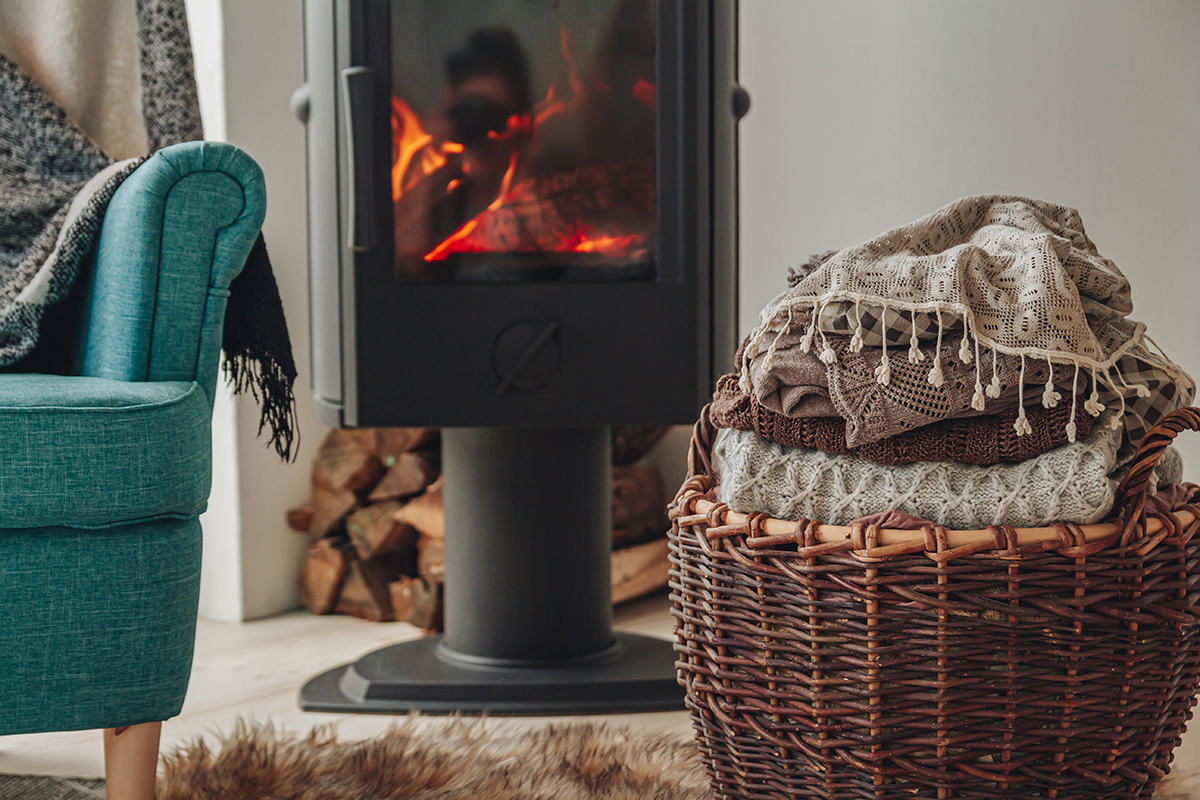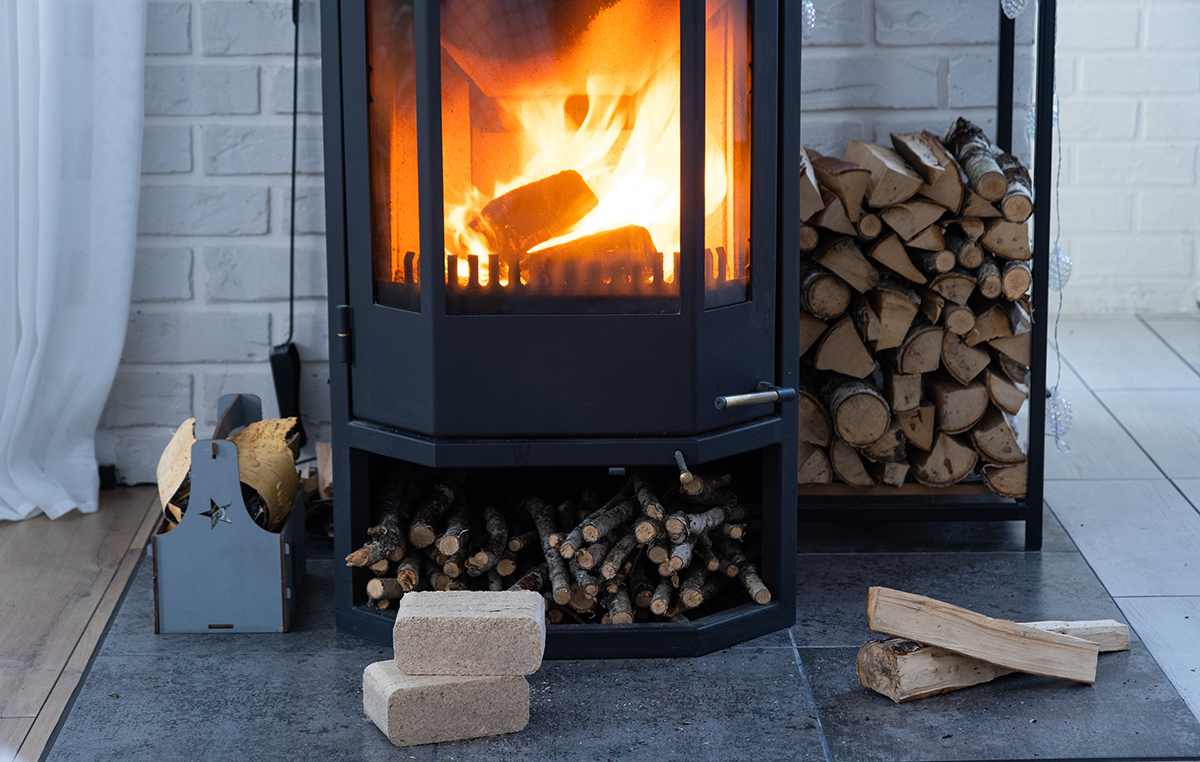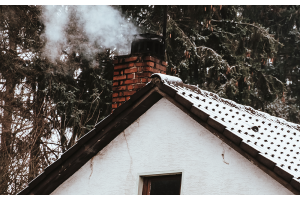When it comes to setting up a stove, it's crucial to ensure all the components are in place for optimal performance and safety. Among these components, flue liners for wood burners and multi-fuel stoves stand out as vital elements, responsible for efficient and secure fuel combustion. But what exactly is a flue liner, and is it really needed?
Understanding Flue Liners
A flue liner, sometimes referred to as a chimney liner, is essentially a flexible tube that connects to your stove pipe, lining the interior of your chimney. Its primary function is to channel fumes safely upward through the liner, preventing their release directly into the chimney cavity.
Why Flue Liners








